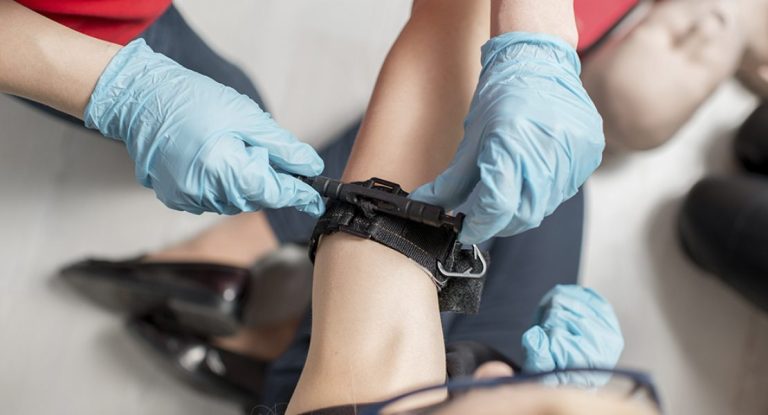Imagine someone is badly hurt and bleeding fast, every second counts, and knowing what to do can save their life. Many people freeze in these moments, not because they don’t care, but because they don’t know how to help. Learning how to stop severe bleeding gives you the power to step in and make a real difference.
It’s a simple skill with a big impact, and anyone can learn it. Keep reading to learn how to take control in an emergency and possibly save a life.
Understanding the Importance of Severe Bleeding Training
Severe bleeding, or hemorrhage, can happen because of accidents, injuries, or certain health problems. Quick action is key, and knowing what to do can help keep someone stable until help arrives. Proper training increases their chances of survival.
Severe bleeding training teaches you how to spot the warning signs fast. You’ll learn how to use pressure, dress wounds, and when to apply a tourniquet. It also helps you stay calm and think clearly, even when things feel scary or stressful.
Key Skills in Severe Bleeding Training
Severe bleeding training teaches key skills that help you stay calm and act fast in dangerous situations. A key lesson is mastering the ABCs of bleeding control: Assess, Control Bleeding, and Check for Shock. Begin by assessing the severity of the bleeding and the person’s consciousness, then apply pressure to control the bleeding, and finally check for shock signs, such as pale skin or a rapid heartbeat.
Another important part of the training is how to use pressure dressings the right way. You place a clean cloth or bandage on the wound and press down firmly to slow the bleeding. Keeping steady pressure until help arrives can make a big difference in saving someone’s life.
Tourniquets: A Lifesaving Tool in Severe Bleeding Situations
Tourniquets are now seen as one of the most important tools for stopping severe bleeding when other methods don’t work. They are used when direct pressure isn’t enough, especially for deep cuts or injuries to arms or legs. Having one in your emergency kit gives you a strong backup when every second matters.
To use a tourniquet safely, follow simple but strict steps. Always place it above the wound, closer to the heart, and never remove it once it’s on. Tourniquets, along with proper training, can give you the power to take control in serious emergencies.
Emotional and Psychological Aspects of Emergency Response
Responding to a bleeding emergency requires more than physical skills. You also need to stay calm and think clearly, even in stressful moments. Staying focused enables you to make better decisions and effectively support the injured individual.
Training programs often include practice scenarios that prepare you for the emotional stress of real emergencies. Training exercises prepare you to stay composed and in control during high-stress situations. To build these skills, check out the course at https://cprcertificationnow.com/products/first-aid-for-severe-bleeding-certification.
Be Ready to Make a Difference
Severe bleeding can happen anytime, anywhere and being prepared puts you in control. Learning to stop the bleed equips you with the confidence to act quickly and potentially save a life. Whether you’re a parent, teacher, or just someone who wants to help, getting trained makes you stronger in an emergency.
Take the first step by finding a course that fits your schedule. Build the skills now so you’re ready when it counts. For additional tips, explore our blog.
